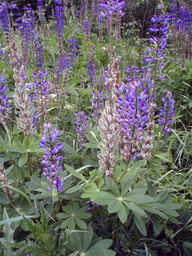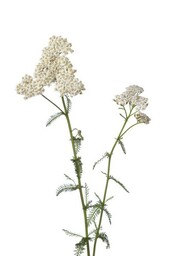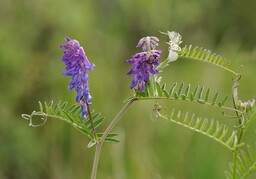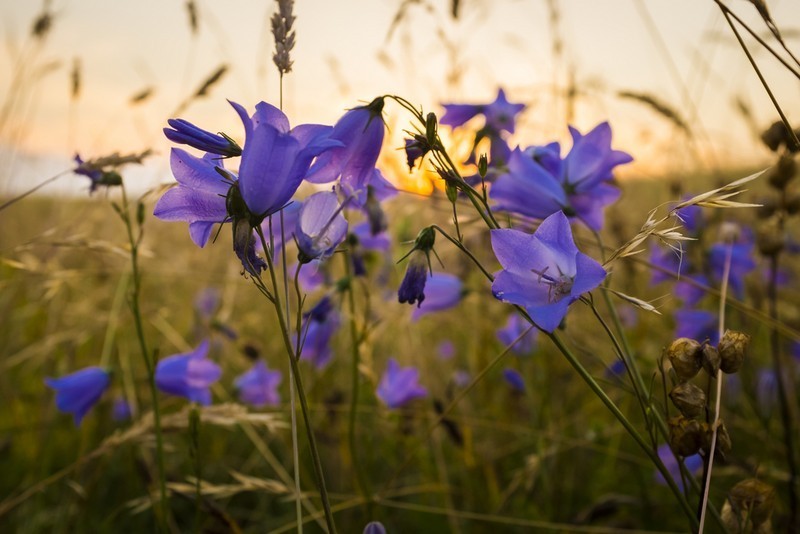1. Meadow flowers
Meadow flowers (Click the small "i" on the top left to reveal further information)

© Simo Veistola & e-Oppi Oy

www.shutterstock.com

© Simo Veistola & e-Oppi Oy

www.shutterstock.com

© Simo Veistola & e-Oppi Oy

www.shutterstock.com

www.shutterstock.com

www.shutterstock.com

Simo Veistola

www.shutterstock.com

www.shutterstock.com

www.shutterstock.com

© Simo Veistola & e-Oppi Oy

© Simo Veistola & e-Oppi Oy

www.shutterstock.com

www.shutterstock.com
Flowers grow in meadows and fields
 Meadows and fields are open areas of land where natural plants can grow freely. No trees or shrubs grow in them. As a result, smaller flowers have more access to light.
Meadows and fields are open areas of land where natural plants can grow freely. No trees or shrubs grow in them. As a result, smaller flowers have more access to light. Today, there are only a few large meadows in Finland. They are mostly found in rural areas.
In contrast, meadow plants can be found almost everywhere – for example, ditches and parks are good growing environments for meadow flowers.
Because meadows are rich in both plant and animal life, they are good places to study biology in the autumn.
Picture: A meadow in the summer. The tall, white flower is known as cow parsley, whereas the smaller, yellow flowers are called buttercups.
The structure of a plant
 All flowering plants are comprised of the following four parts:
All flowering plants are comprised of the following four parts:- roots (which the plant uses to collect water from the soil)
- stem (which the plant uses to reach sunlight)
- leaves (which the plant uses to produce energy in photosynthesis)
- flower (which the plant uses to reproduce).
The parts of the flower that can be seen growing above the ground are known as the plant's shoot. A flower that has not yet opened is called a bud.
Flowering plants are identified primarily by looking at the structure and color of their flowers. Other features, such as the length of the plant's stem or the number and structure of its leaves, can also be useful when identifying plants.
Most meadow plants are flowering plants
 Most plants that grow in meadows are flowering plants.
Most plants that grow in meadows are flowering plants.Flowering plants are also known as angiosperm plants. A flower is the reproductive structure of a flowering plant.
Plants use their flowers to lure insects or other pollinators to spread their pollen from one flower to the next.
The pollen contains the plant's genetic material. When pollen from one plant comes to contact with the flower of another plant, the result is a seed. These seeds then grow into new plants.
The picture on the right shows a harebell. It is a flowering plant.
Non-productive land
 Non-productive land is the name given to uncultivated areas of open land. They are usually found near the outskirts of towns and cities. Humans use these land areas as storage places for various things, such as snow during the winter and sand during the summer.
Non-productive land is the name given to uncultivated areas of open land. They are usually found near the outskirts of towns and cities. Humans use these land areas as storage places for various things, such as snow during the winter and sand during the summer. Because they are not used for other purposes, areas of non-productive land are often rich in plant life.
An example of a plant that thrives in non-productive land areas is the mugwort (pictured on the right). It can grow almost two meters tall.
The mugwort also produces a lot of pollen every year, which makes it a difficult plant for people with pollen allergies. This is why mugworts are often weeded out from urban areas.
Terminology
| Term | Explanation |
|---|---|
| meadow | An open (treeless) area of land where natural plants can grow freely. |
| shoot | The parts of a plant that are located above the ground: the stem, the leaves and the flowers. |
| non-productive land | An open area of land on the outskirts of human habitation that is not used for a specific purpose. |